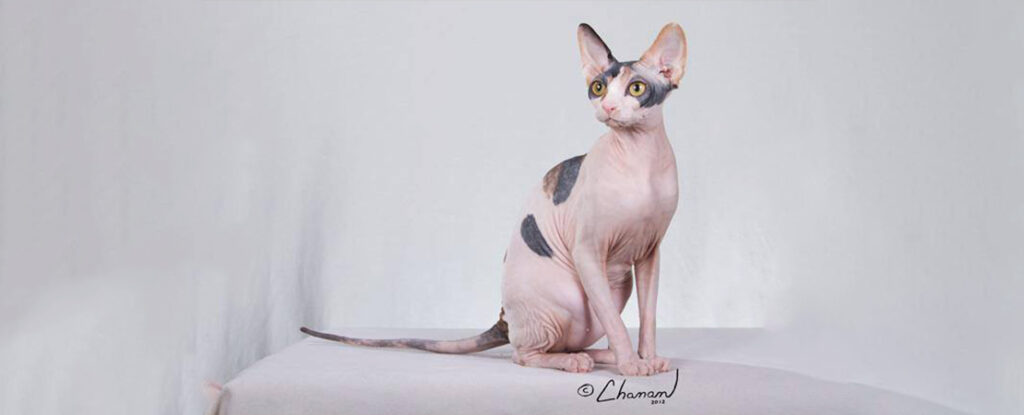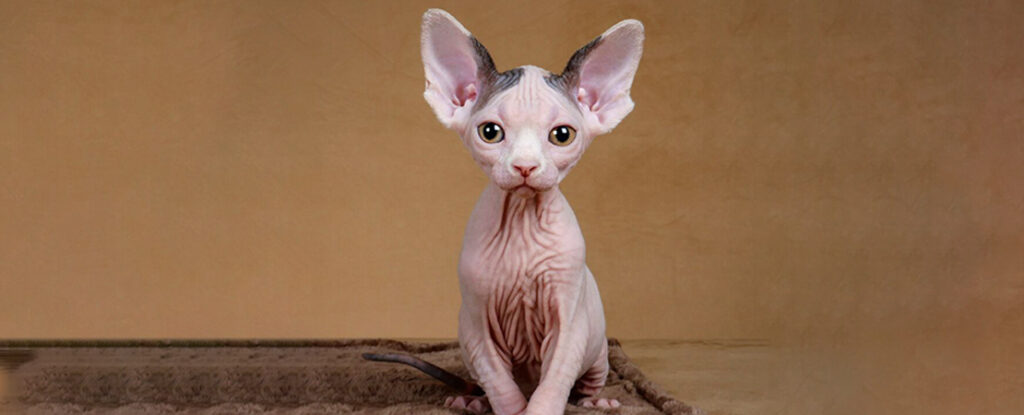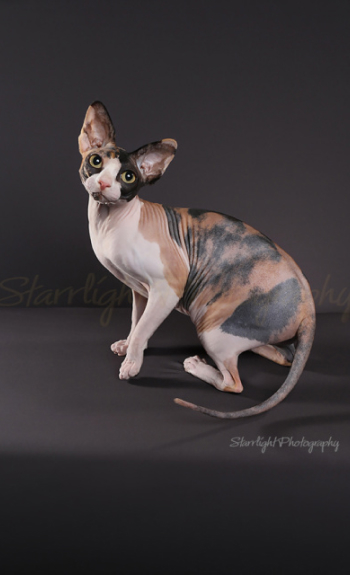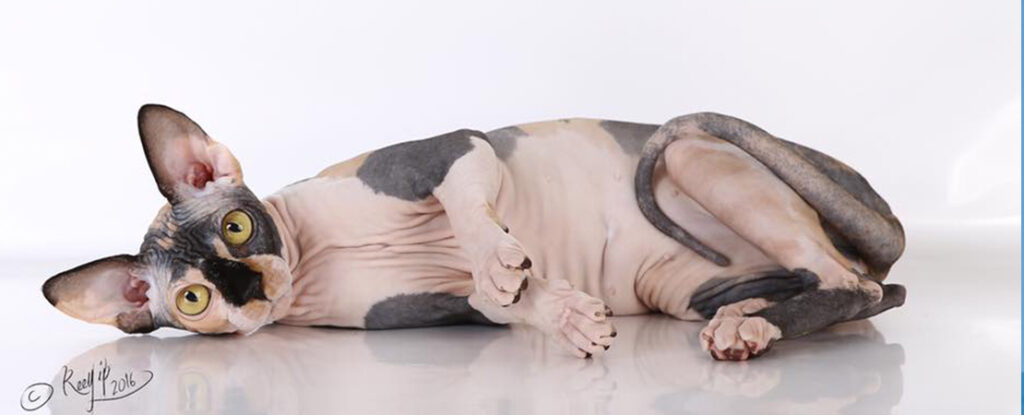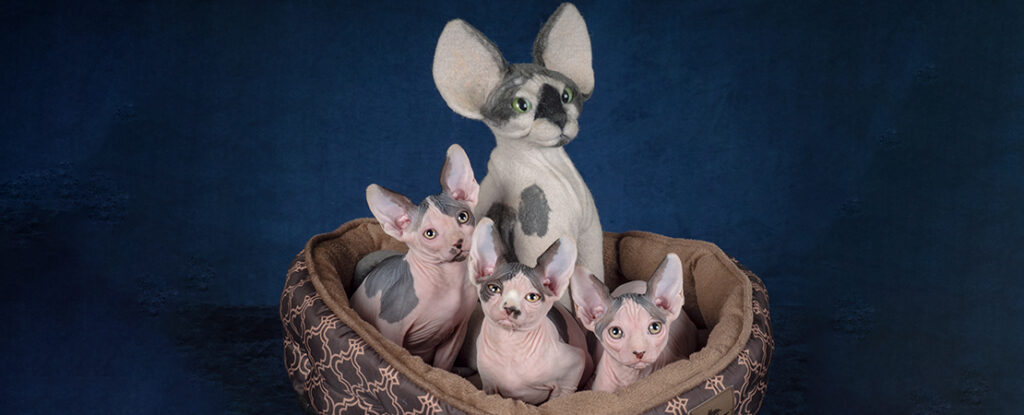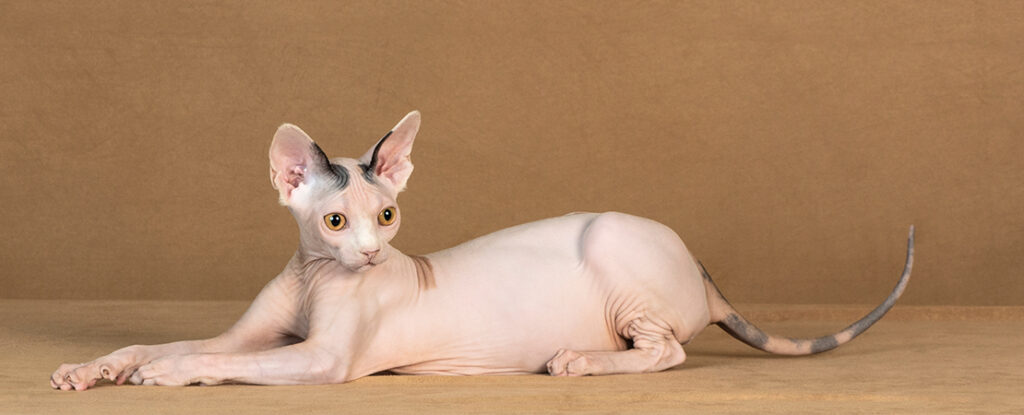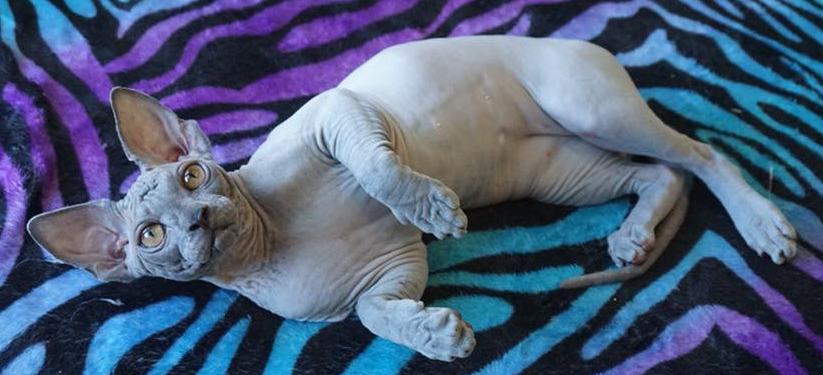Onychetomy (also known as declawing) is an elective surgical procedure to remove an animal’s claws by means of amputation of the distal phalanges of the animal’s toes.
A deleterious mutation in the ALMS1 gene in a naturally occurring model of hypertrophic cardiomyopathy in the Sphynx cat
Familial hypertrophic cardiomyopathy is a very common inherited cardiovascular disorder in people, with a prevalence of 1:250 to 500. Affected individuals are at risk of developing congestive heart failure or sudden cardiac death, although many can remain stable for years.
Let’s talk about L-Lysine
There is a world of misinformation out there on this tricky little Amino Acid and often times it’s recommended by pet owners. I’ve heard people make claims it boosts the immune system, it’s an antiviral, it cures herpes or other upper respiratory infections etc.
Introduction to early spay and neuter in felines
The support for early spay and neuter in cats is growing. Over the last few decades, more data and research are proving that long held myths on waiting to fix your feline is completely unnecessary.
How to Read an Echocardiogram Form
An echocardiogram is an important diagnostic tool in veterinary medicine, but is also incredibly important in the sphynx breed, as well as many others, in monitoring heart health proactively on a routine basis. In order to understand what all the measurements deduced by an echocardiogram mean, let’s first clarify some important terms and abbreviations you will commonly see on the HCM screening forms.
Kitten Vaccines Explained
Vaccines and the purpose behind multiple vaccinations in kittens can be a bit confusing for a lot of pet owners (and breeders). I think this warrants a simplified explanation so that we can all be better equipped with more understanding of the process.
HCM DNA Test
It is a newly identified gene found in sphynx that is contributory to HCM. It is an autosomal dominant gene with incomplete penetrance.
Qualities of an Ethical Breeder
An ethical Sphynx breeder is actively working towards the goals of improving the breed’s health, promoting the breed through educating the public, supporting the breed via rescue work or volunteer work whenever possible, and preserving and protecting the natural mutation which helps make our breed so special.
